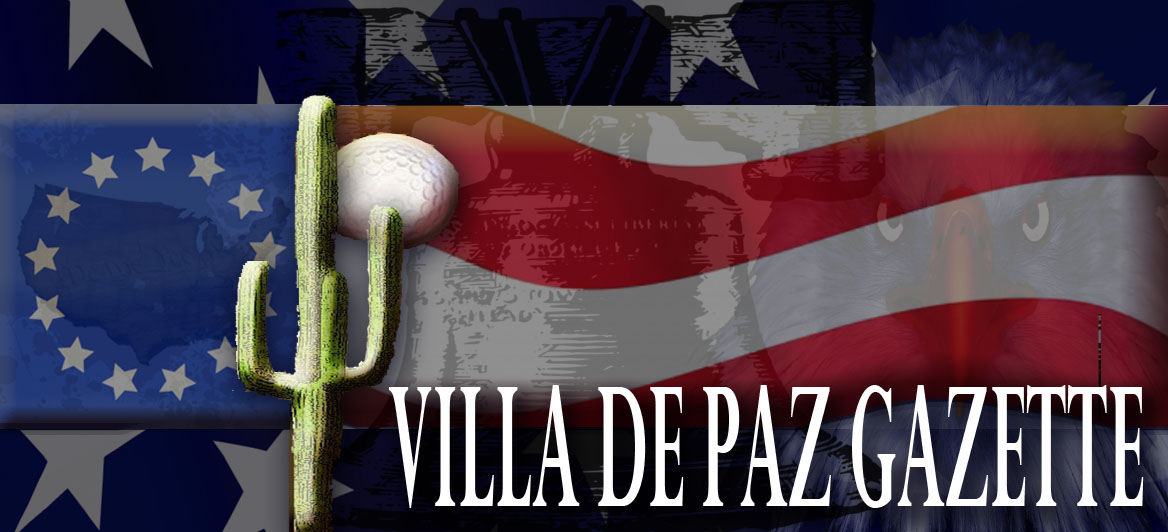Fake News / Study
________________________________
Social Media and Fake News in the 2016 Election states:
Conclusion
In the aftermath of the 2016 US presidential election, it was alleged that fake news might have been pivotal in the election of President Trump. We do not provide an assessment of this claim one way or another.
That said, the new evidence we present clarifies the level of overall exposure to fake news, and it can give some sense of how persuasive fake news would need to have been to have been pivotal. We estimate that the average US adult read and
remembered on the order of one or perhaps several fake news articles during the election period, with higher exposure to pro-Trump articles than pro-Clinton articles. How much this affected the election results depends on the effectiveness of fake news exposure in changing the way people vote. As one benchmark, Spenkuch and Toniatti (2016) show that exposing voters to one additional television campaign ad changes vote hares by approximately 0.02 percentage points. This suggests that if one fake news article were about as persuasive as one TV campaign ad, the fake news in our database would have changed vote shares by an amount on the order of hundredths of a percentage point. This is much smaller than Trump’s margin of victory in the pivotal states on which the outcome depended.
Of course there are many reasons why a single fake news story could have been more effective than a television commercial. If it were true that the Pope endorsed Donald Trump, this fact would be significantly more surprising—and probably move a rational voter’s beliefs by more as a result—than the information contained in a typical campaign ad. Moreover, as we emphasize above, there are many ways in which our estimates could understate true exposure. We only measure the number of stories read and remembered, and the excluded stories seen on news feeds but not read, or read but not remembered, could have had a large impact. Our fake news database is incomplete, and the effect of the stories it omits could also be significant.
We also note that there are several ways in which this back-of-the-envelope calculation is conservative, in the sense that it could overstate the importance of fake news. We consider the number of stories voters read regardless of whether they believed them. We do not account for diminishing returns, which could reduce fake news’ effect to the extent that a small number of voters see a large number of stories. Also, this rough calculation does not explicitly take into account the fact
that a large share of pro-Trump fake news is seen by voters who are already predisposed to vote for Trump—the larger this selective exposure, the smaller the impact we would expect of fake news on vote shares.
To the extent that fake news imposes social costs, what can and should be done? In theory, a social planner should want to address the market failures that lead to distortions, which would take the form of increasing information about the state of the world and increasing incentives for news consumers to infer the true state of the world. In practice, social media platforms and advertising networks have faced some pressure from consumers and civil society to reduce the prevalence of fake news on their systems. For example, both Facebook and Google are removing fake news sites Hunt Allcott and Matthew Gentzkow 233 from their advertising platforms on the grounds that they violate policies against misleading content (Wingfield, Isaac, and Benner 2016). Furthermore, Facebook has taken steps to identify fake news articles, flag false articles as “disputed by 3rd party fact-checkers,” show fewer potentially false articles in users’ news feeds, and help users avoid accidentally sharing false articles by notifying them that a story is “disputed by 3rd parties” before they share it (Mosseri 2016). In our theoretical framework, these actions may increase social welfare, but identifying fake news sites and articles also raises important questions about who becomes the arbiter of truth.
Source: Journal of Economic Perspectives—Volume 31, Number 2—Spring 2017—Pages 211–236
